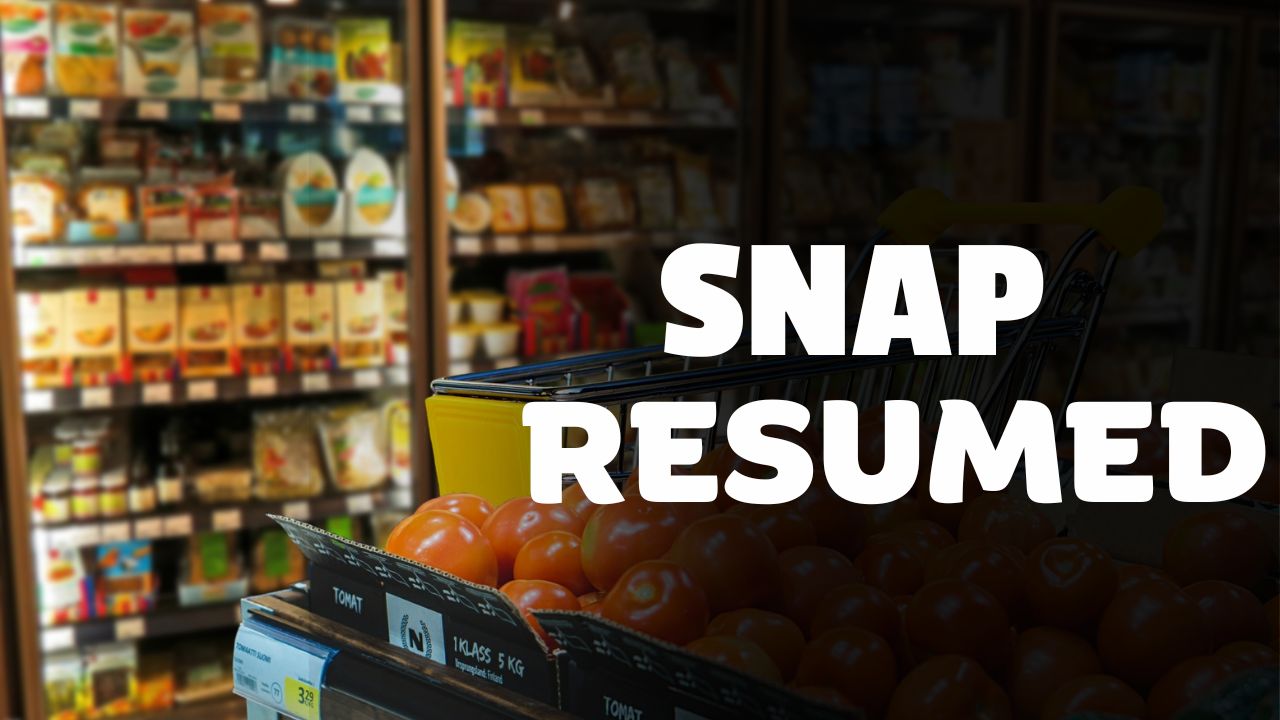Food assistance through the Supplemental Nutrition Assistance Program (SNAP) has recently been restored after weeks of uncertainty caused by the federal government shutdown. Court orders required the administration to continue full payments, ensuring that benefits did not suddenly stop for the more than 40 million Americans who rely on them. While this resolution prevented an immediate crisis, long-term policy changes moving through Washington signal that millions could still lose access to assistance in the coming years.
Food stamps are back, but millions will soon lose benefits permanently https://t.co/74h2gpKMBZ
— POLITICO (@politico) November 15, 2025
Table of Contents
Recent Developments on SNAP Payments
Several states had issued warnings that November benefits might not be fully funded due to the ongoing budget impasse. The USDA also stated that without congressional action, it could only guarantee partial support. Two federal judges then intervened and ordered the administration to provide full benefits, arguing that abruptly cutting food assistance during a shutdown would cause irreparable harm to households.
As a result, SNAP payments were reinstated for November, and families received the amounts they typically rely on for food security.
Policy Changes That Could Reduce Eligibility
Although payments have resumed, a separate legislative package approved earlier in the year is expected to change eligibility conditions permanently. This bill, widely described as a sweeping, consolidated measure affecting multiple social programs, includes new work rules and funding shifts that place additional responsibility on states.
Analysts estimate that these changes may result in millions losing eligibility over time. The projected impact varies from state to state, but the following factors are central to the expected reductions:
Stricter Work Requirements
New rules expand mandatory work reporting for more adults, especially those without dependents. Individuals who fail to meet stricter thresholds may lose benefits for months or even permanently, depending on state implementation.
State Cost-Shifting
The federal government is moving more of SNAP’s administrative costs to states. Some states may tighten eligibility or reduce outreach efforts in response, ultimately lowering the number of people who qualify.
Reduced Flexibility for Waivers
States have historically used federal waivers during economic downturns or regional slowdowns. The new policy limits their ability to apply those waivers, meaning fewer exemptions from work rules.
How Many People Could Be Affected
Early projections from policy groups suggest that around two to three million people could face a loss of some or all benefits as the law is fully implemented. This includes:
- Adults aged 18–55 with no dependents who do not meet new work hours.
- Low-income households in states that may phase out certain eligibility expansions due to cost pressures.
- Individuals who previously qualified under broad-based categorical eligibility programs that states may scale back.
While the reductions will not occur all at once, the combined effect over several years is expected to be significant.
Why Advocates Are Concerned
Anti-hunger organisations warn that the legislative changes risk increasing food insecurity at a time when grocery prices remain historically high. Many families who regained their benefits after the shutdown could lose them again once the new rules take effect. Health researchers also note that consistent access to food is linked to better educational outcomes, stable employment, and lower long-term medical costs.
What Happens Next
Implementation will occur in phases, with states required to update their SNAP programs according to federal guidance. Some states may challenge portions of the law in court, especially those that argue the requirements are costly or impractical. Meanwhile, advocates are urging Congress to reconsider the long-term effects of the legislation.
SNAP benefits have been restored temporarily due to court intervention, preventing an immediate cutoff. However, separate federal policy changes, already approved and moving toward implementation, are projected to reduce access for millions of Americans over time. Households currently relying on food stamps may not feel the impact right away, but the long-term structure of SNAP is shifting in ways that could reshape eligibility nationwide.




